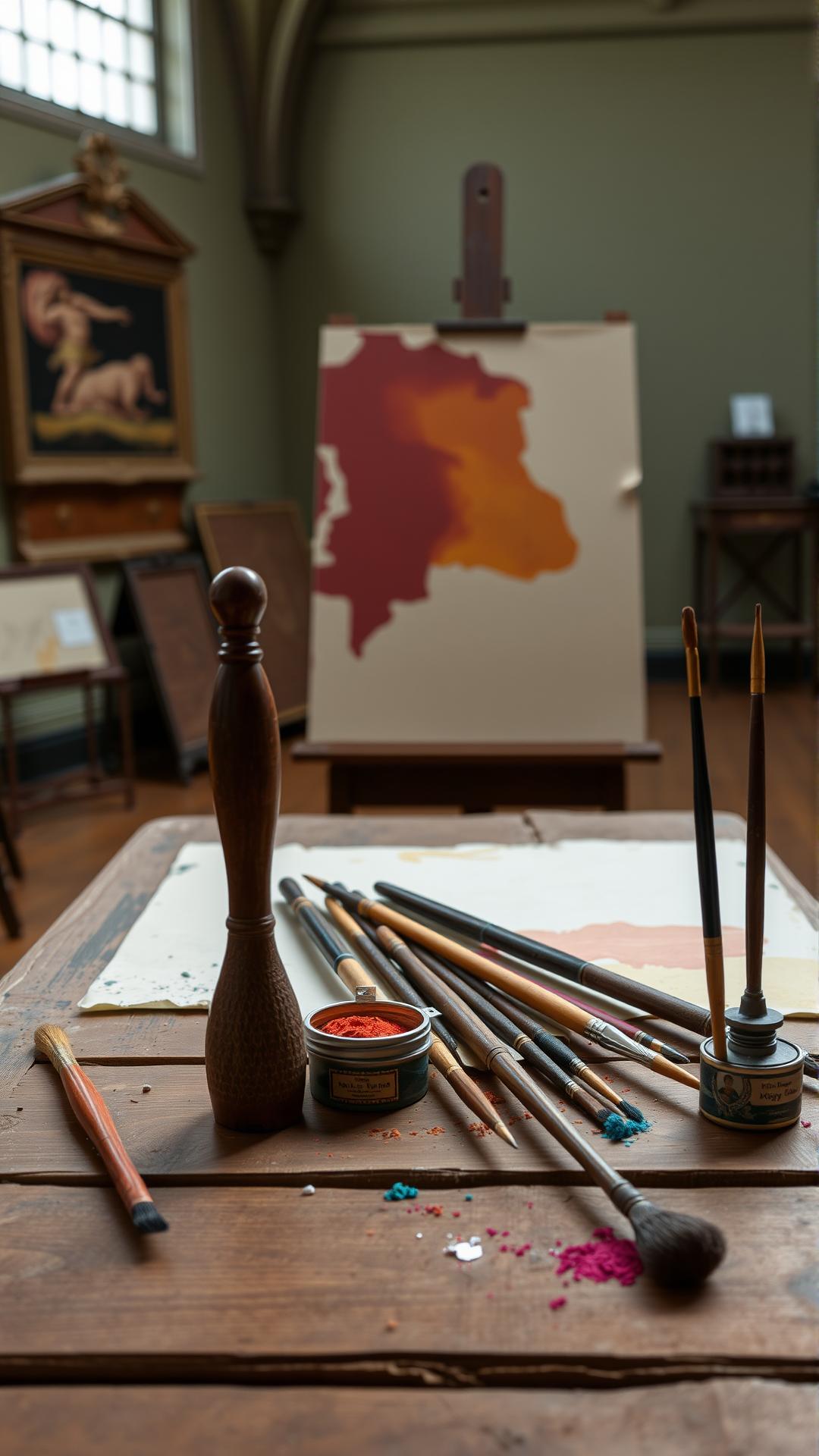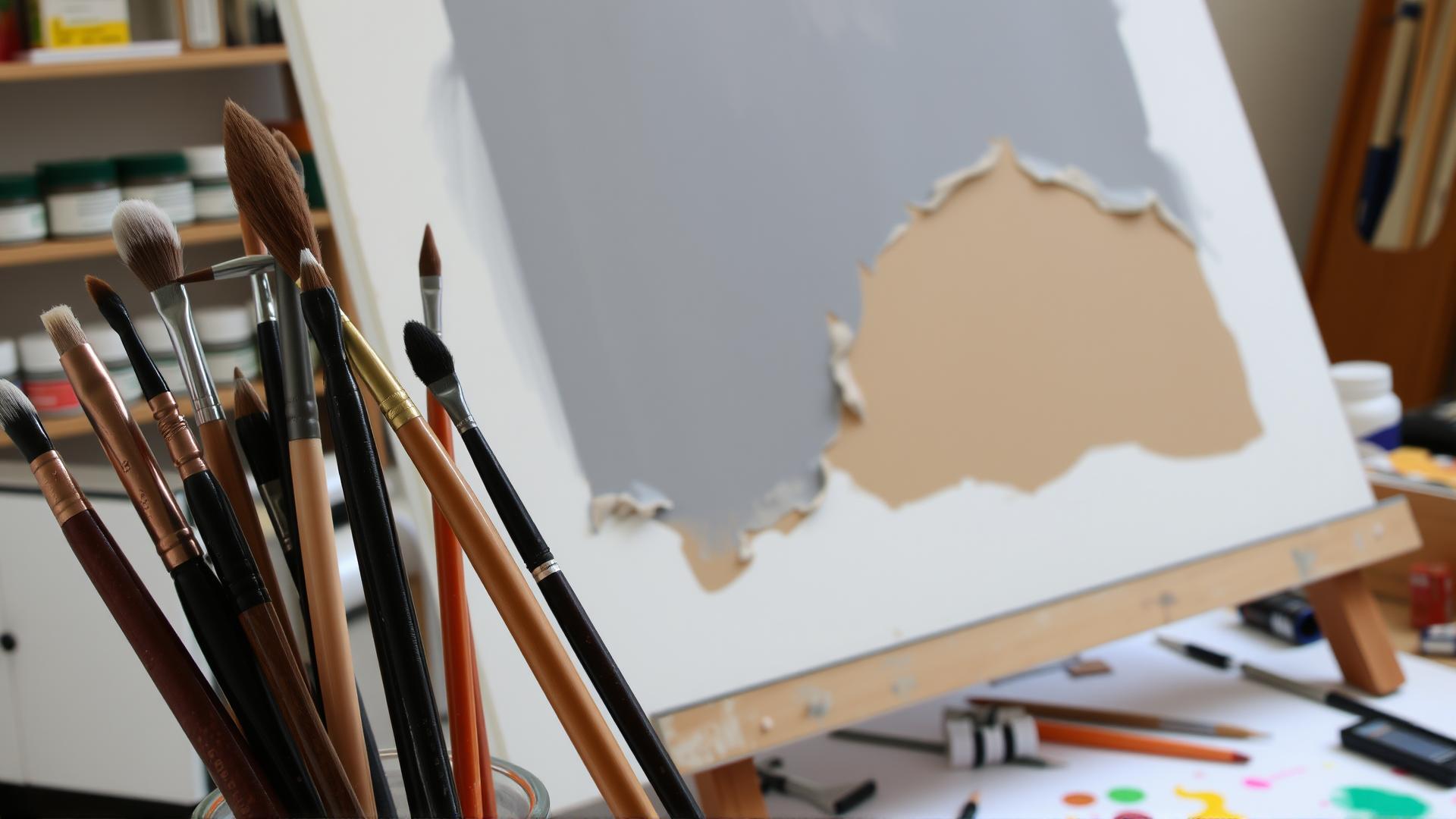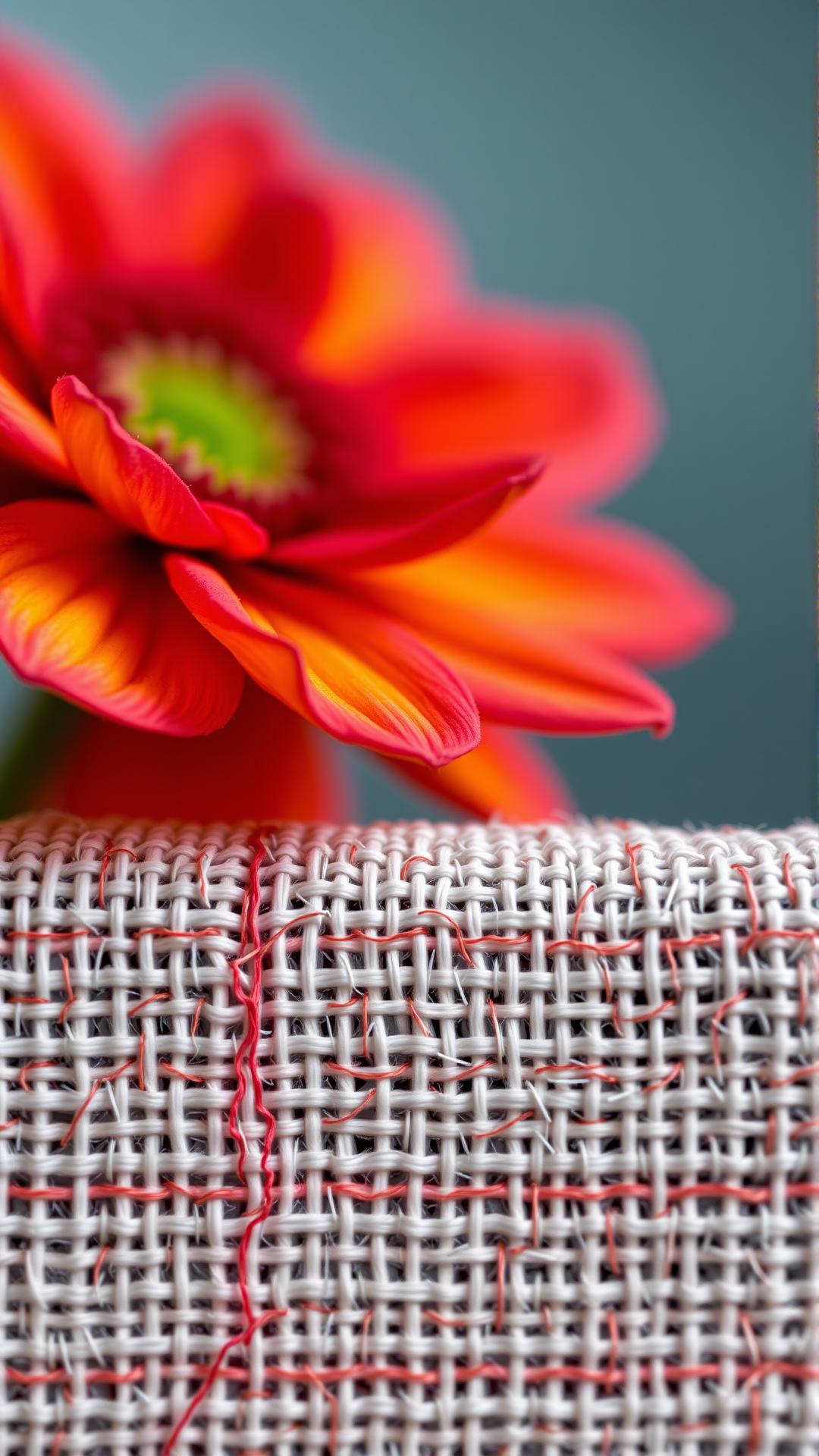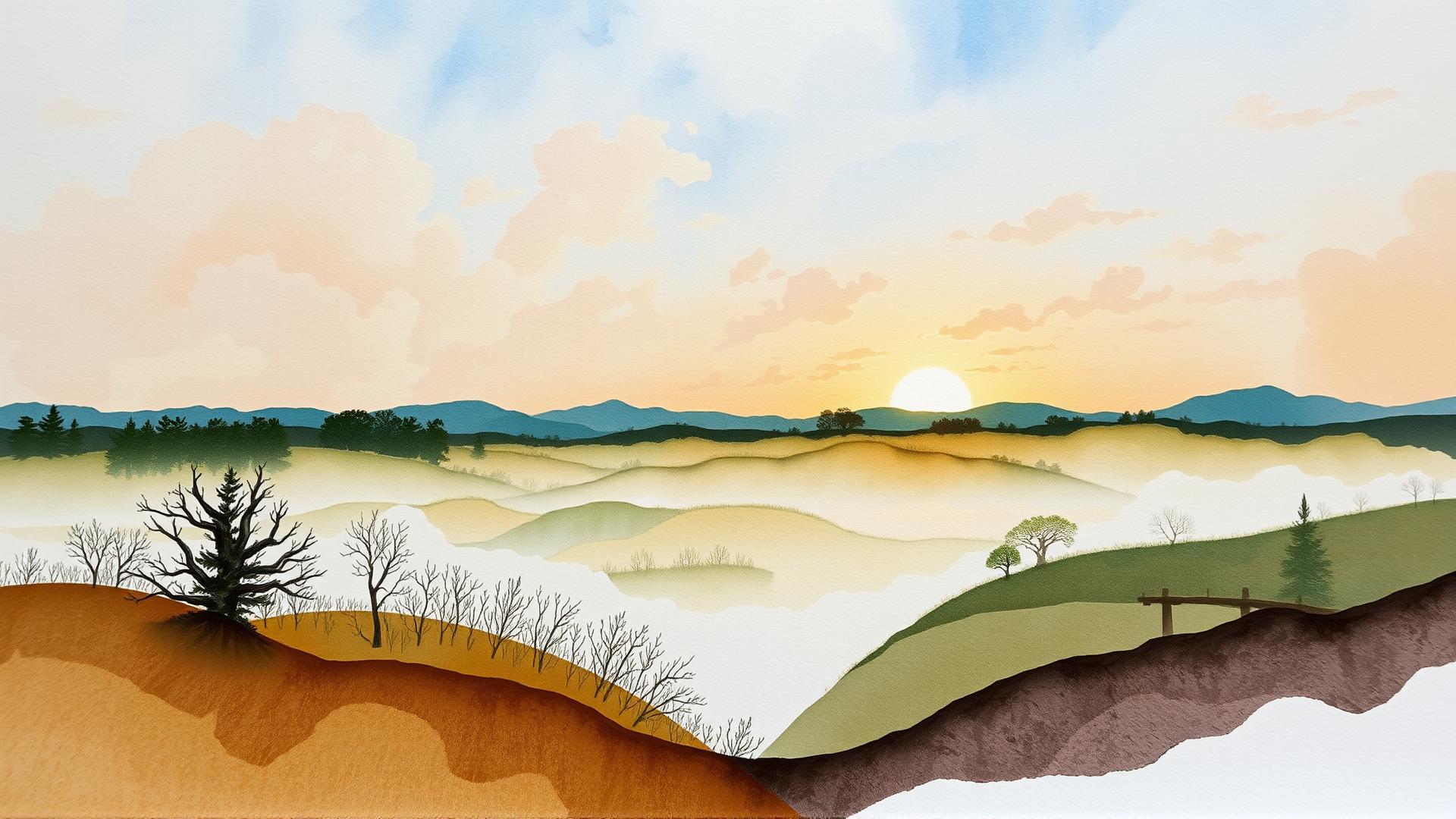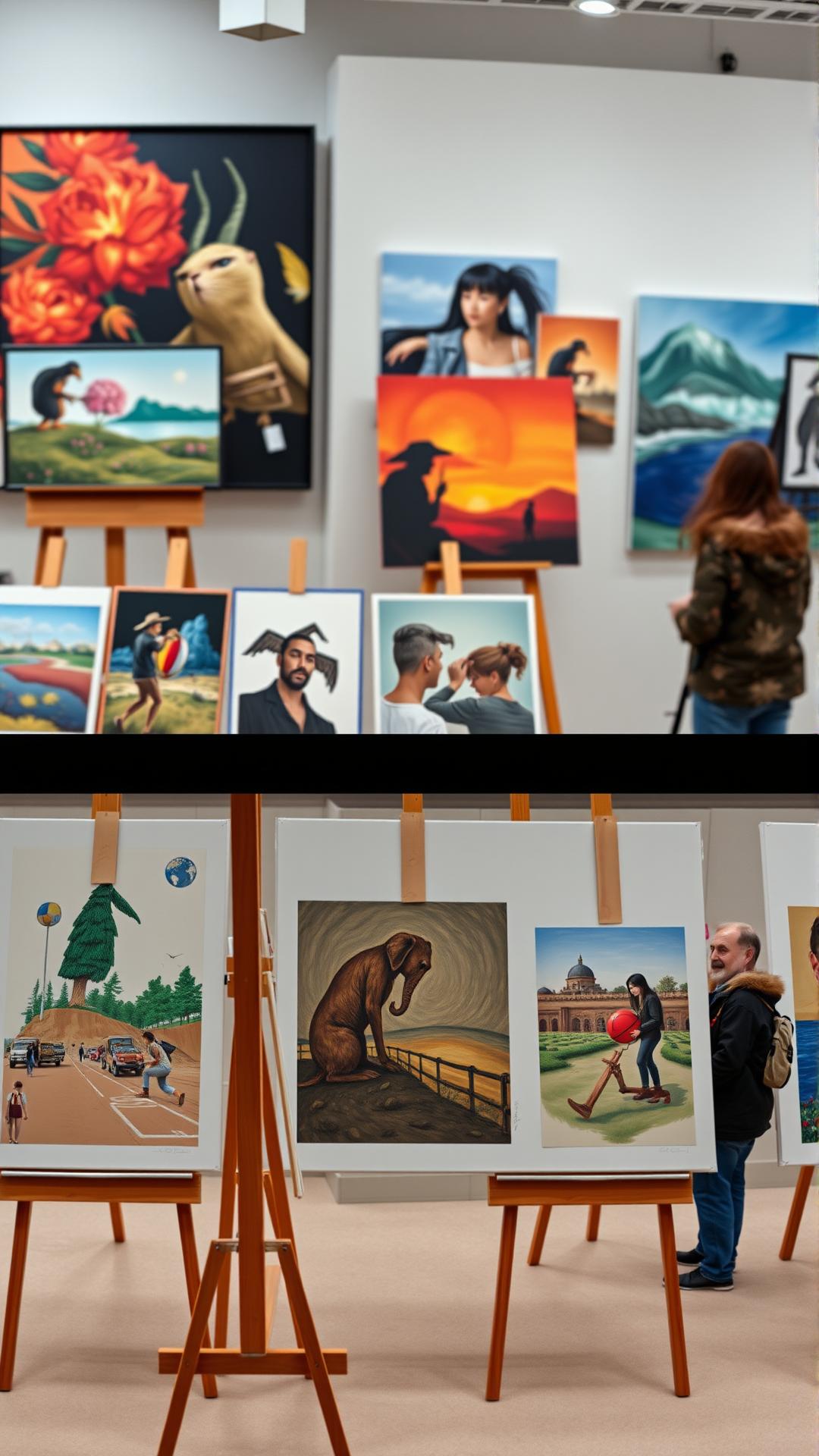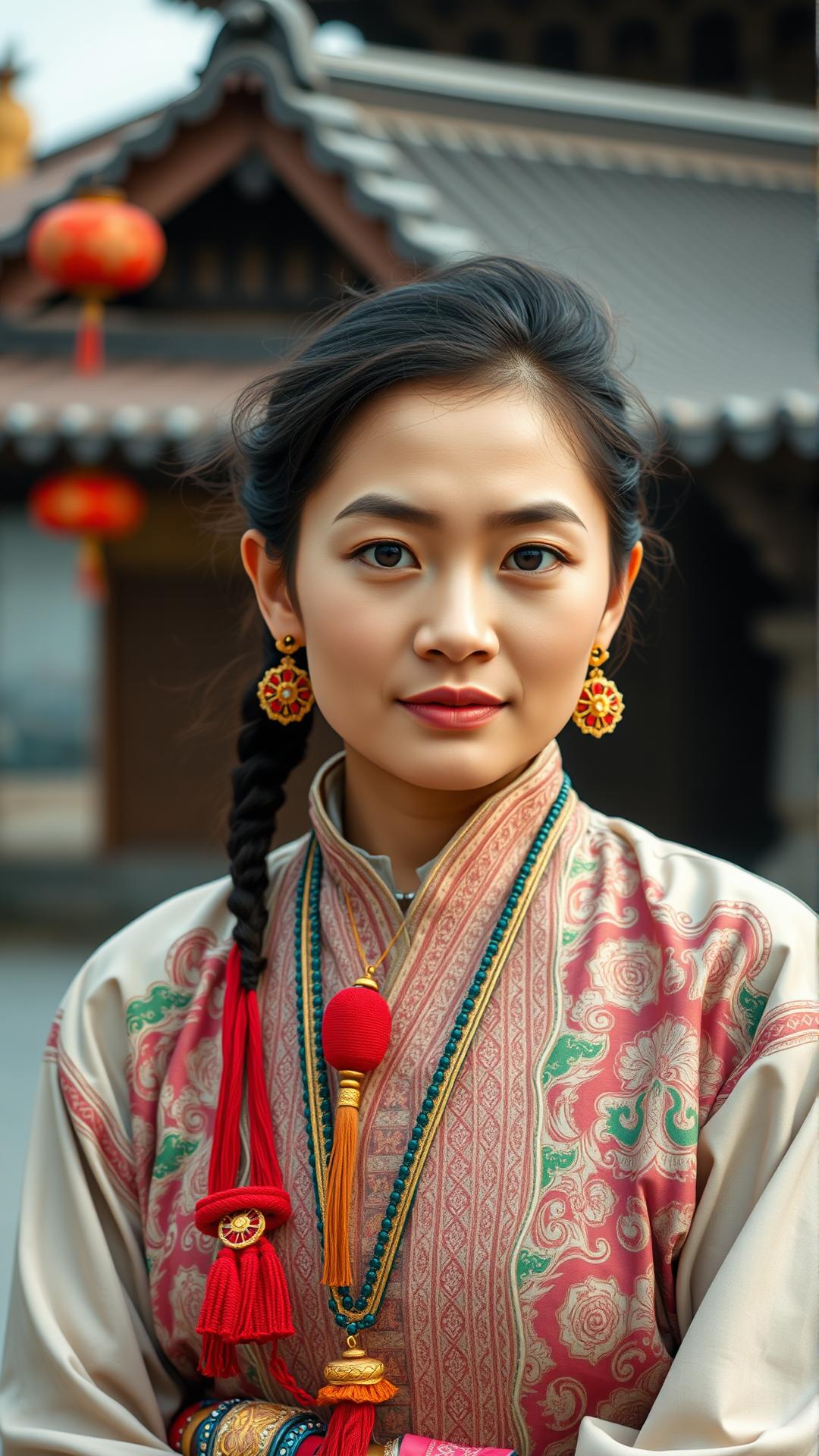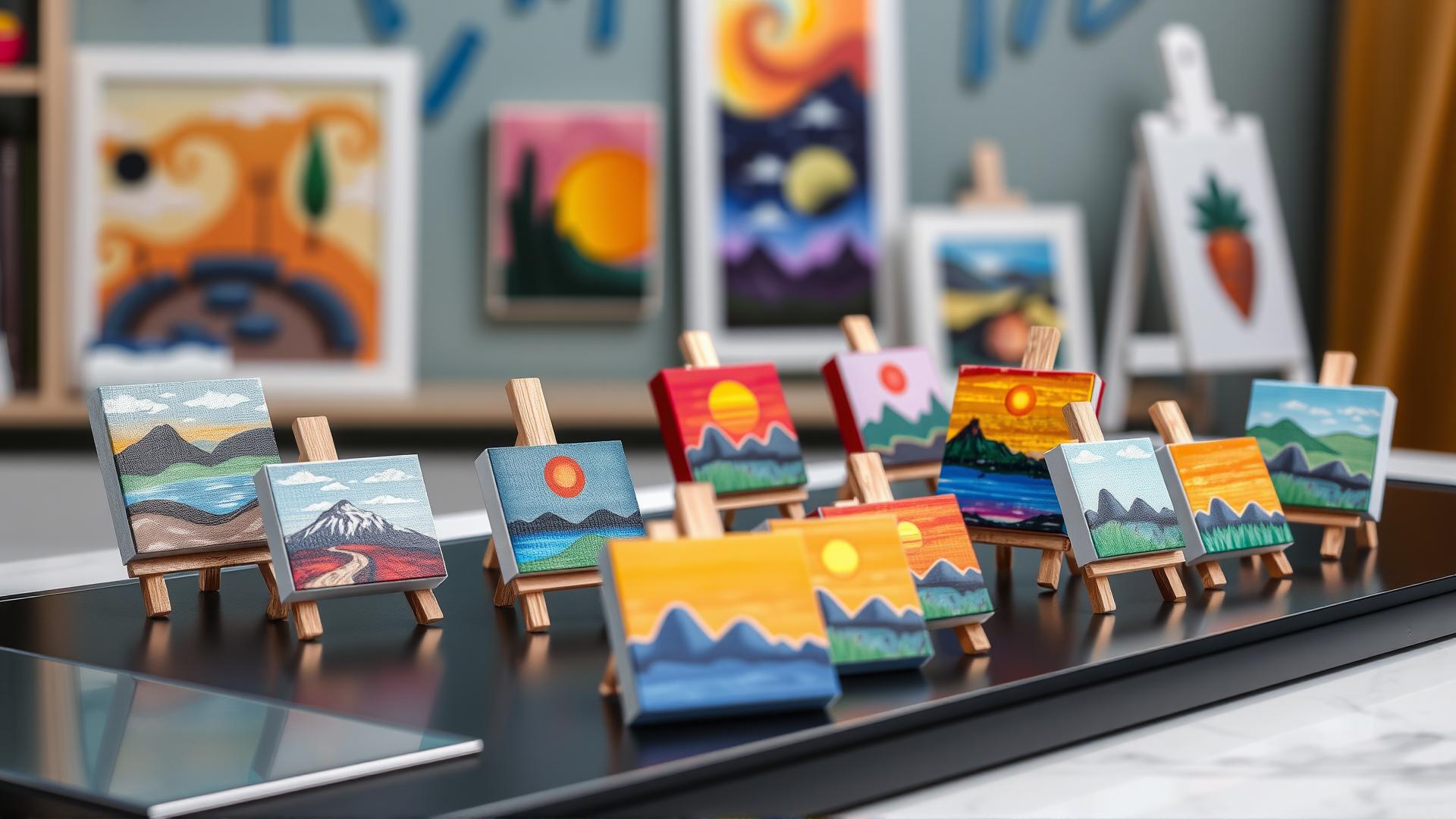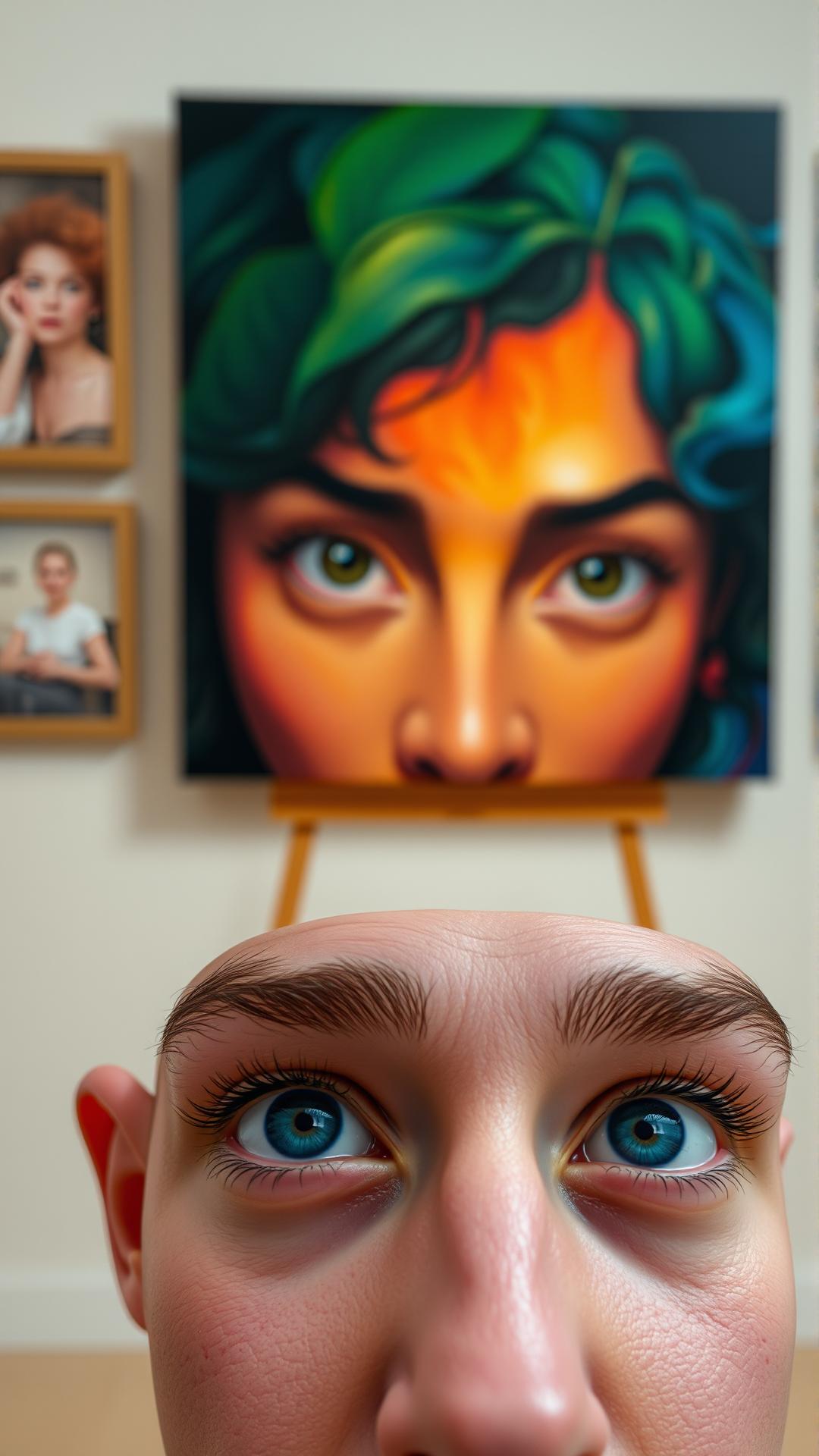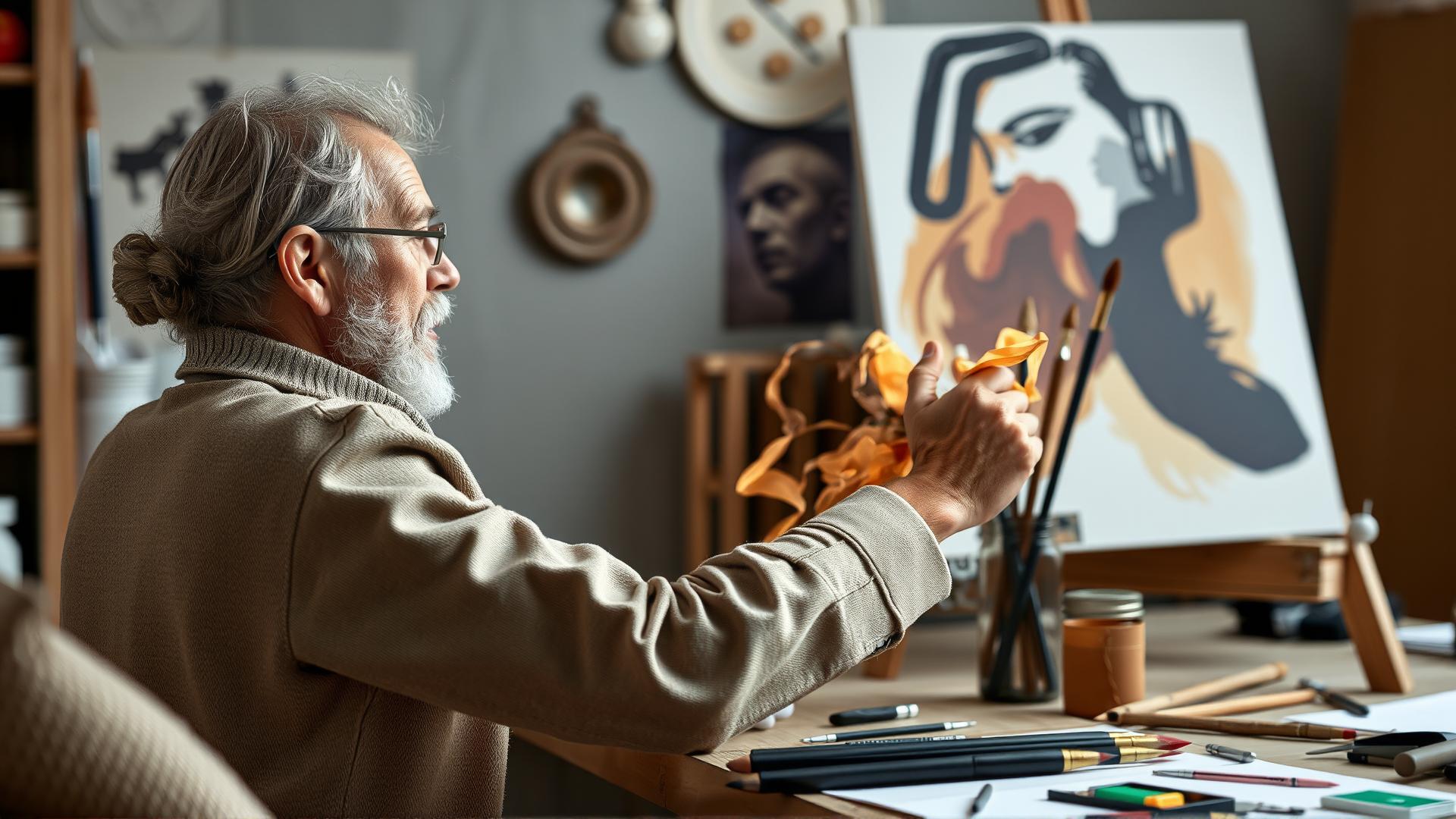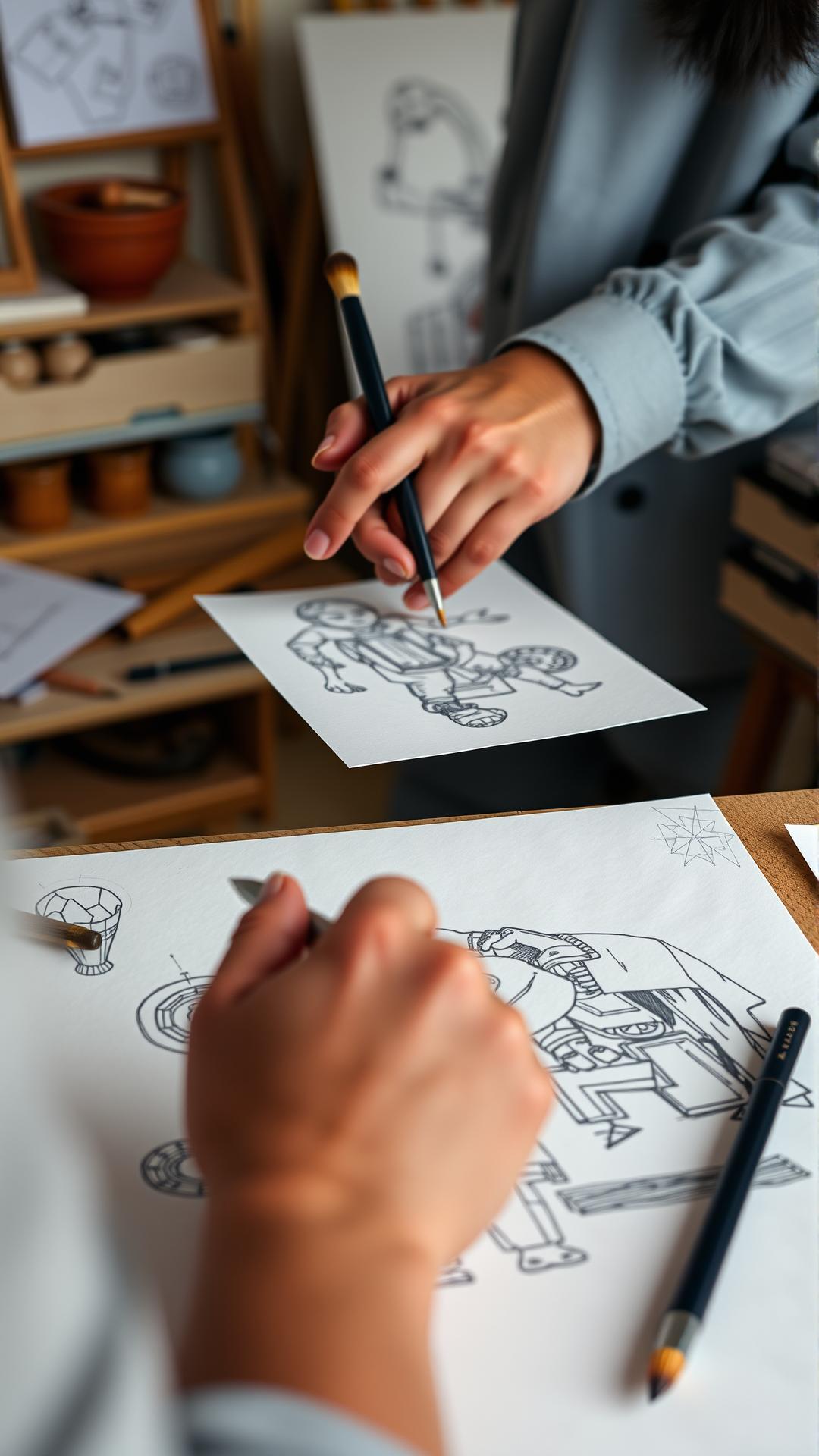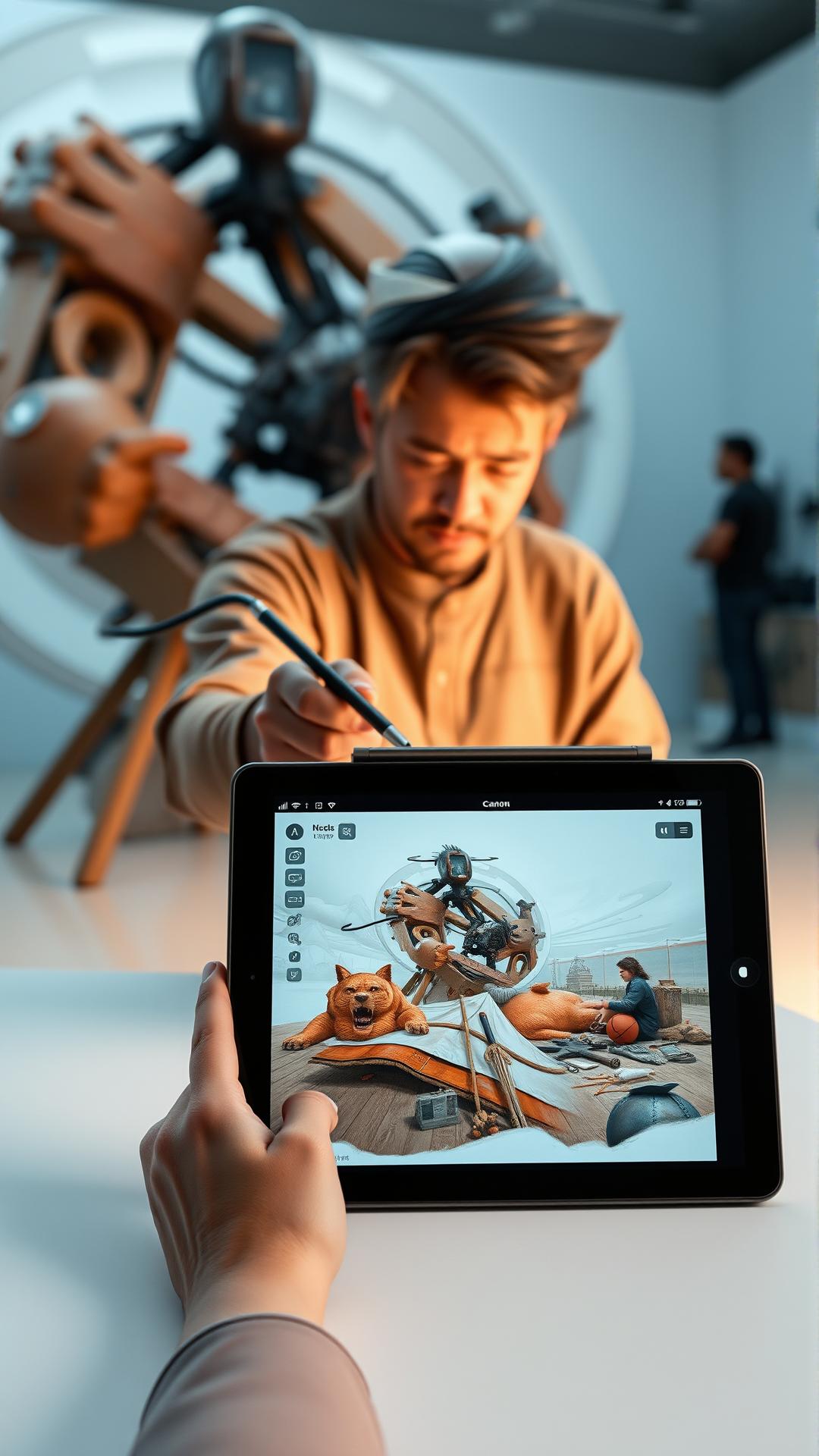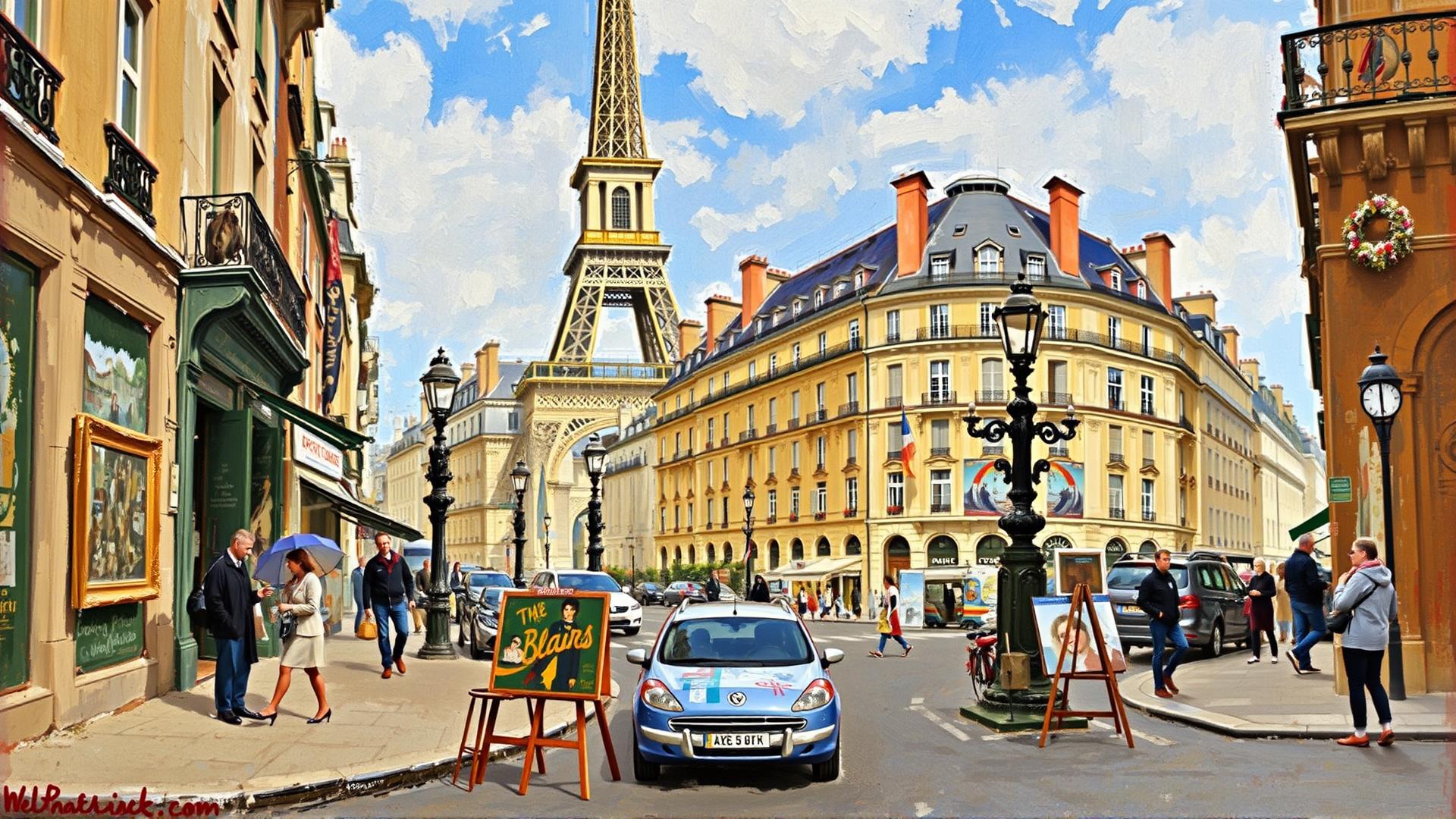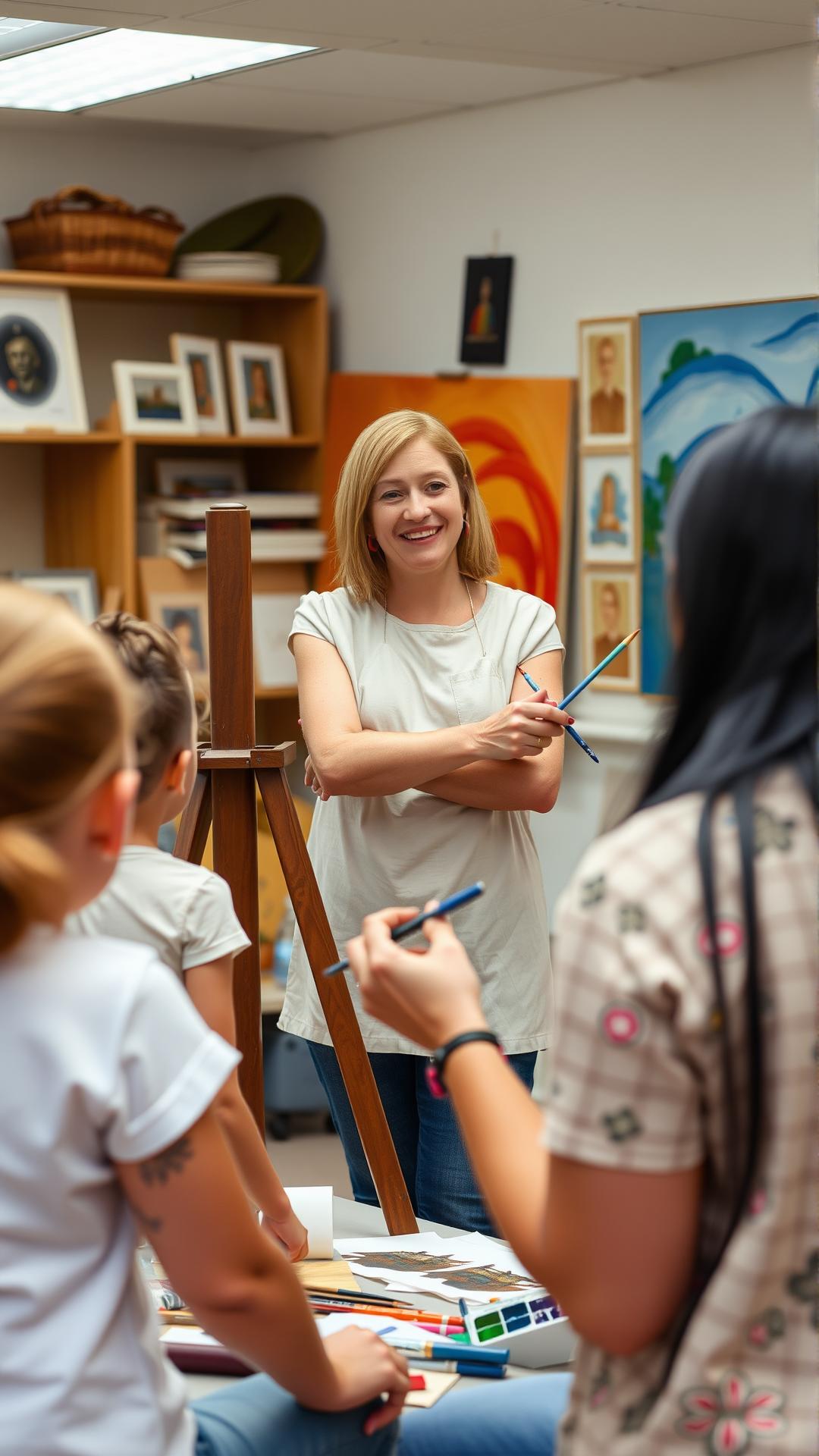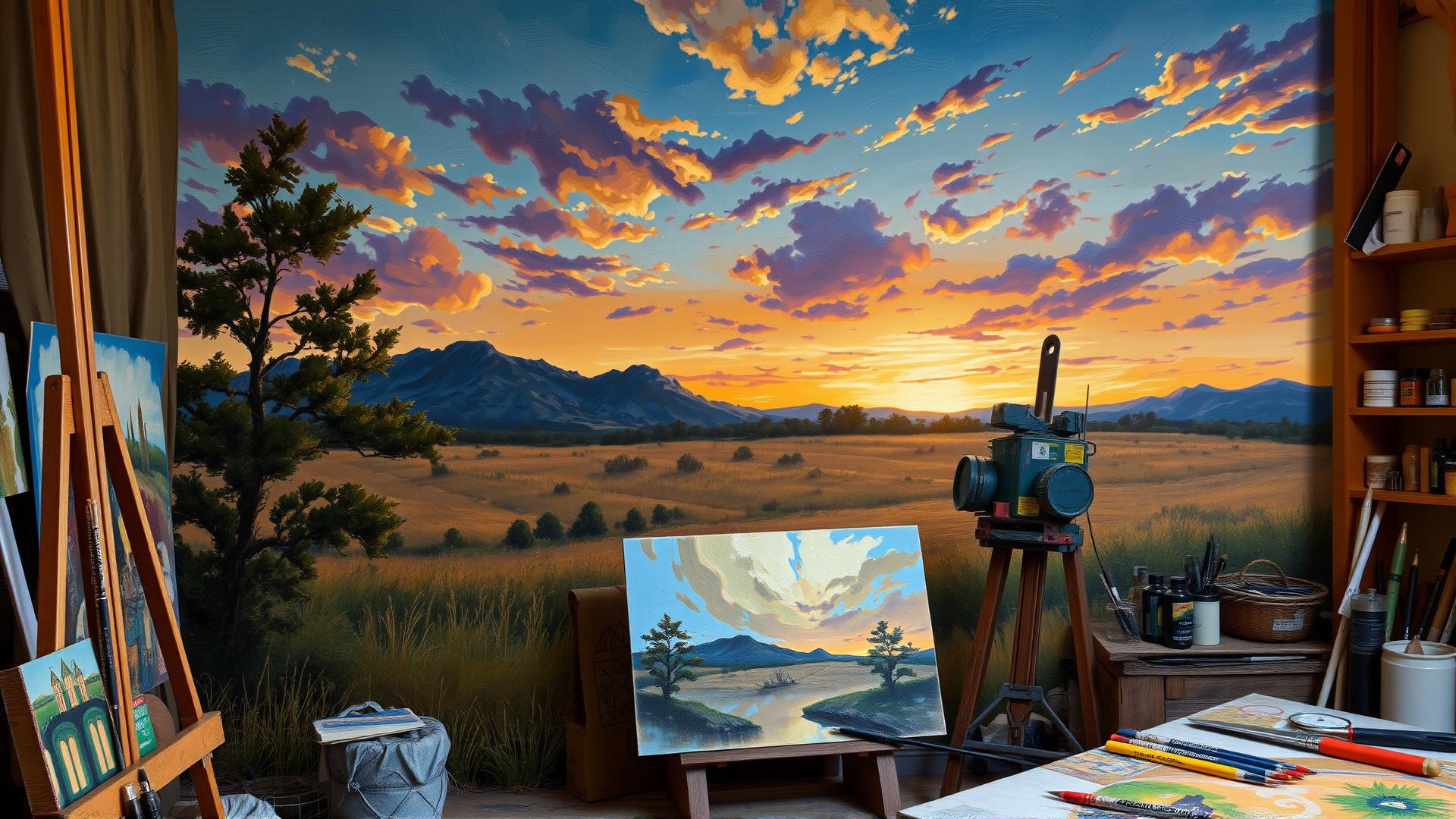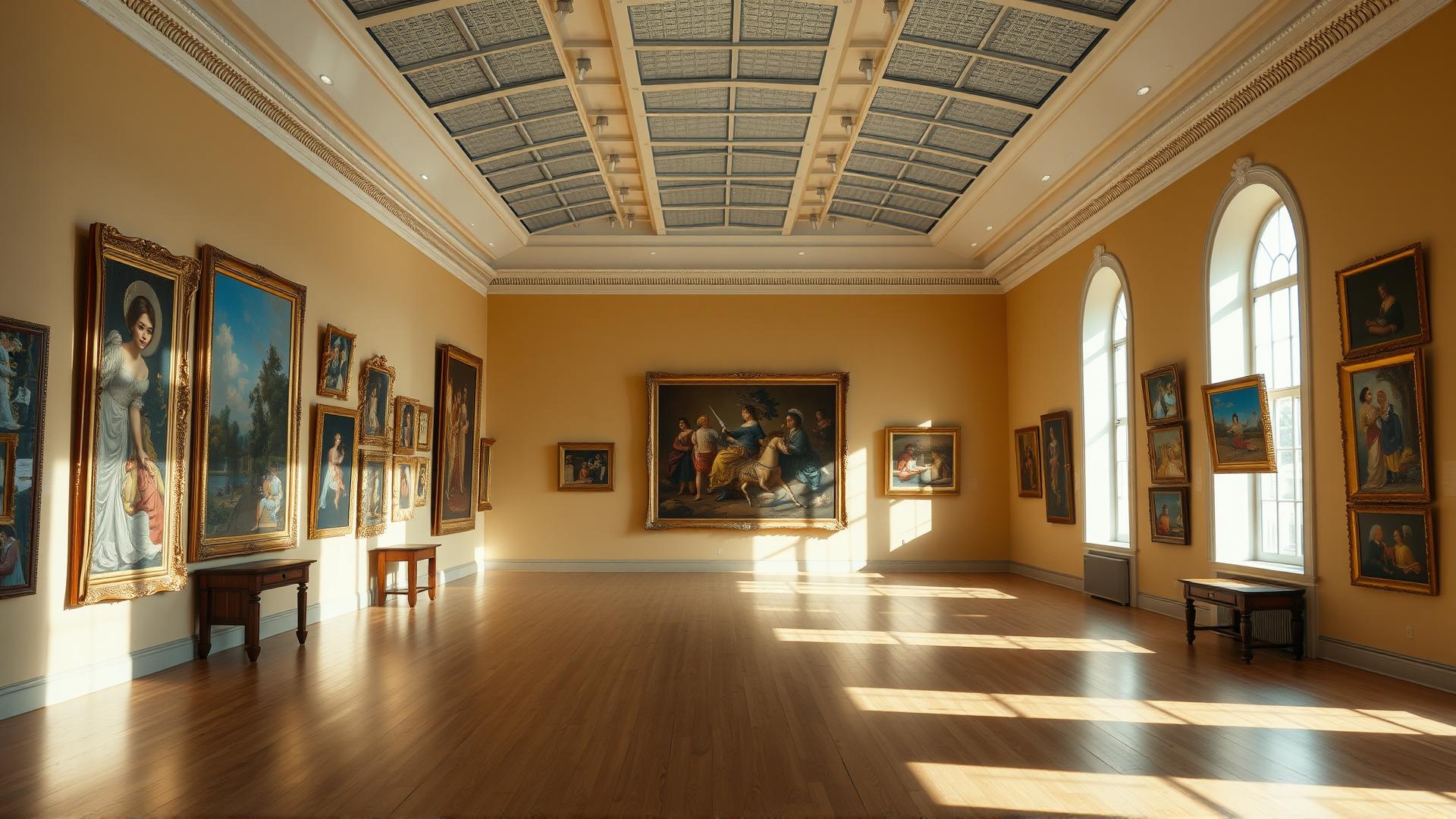
Inspiring The Soul With Beautiful Art Paintings
Introduction
The world of painting is a captivating journey that has inspired countless generations. Surpassing simple aesthetics, beautiful art paintings connect with the human soul in profound ways. They encapsulate emotions, stories, and cultural identities, making each brushstroke a testament to creativity. Painting serves not only as a method of expression for artists but also as a conversation starter for viewers. As we explore the significance of beautiful art paintings, we will uncover how these vibrant artworks can awaken our senses, provoke thought, and elicit emotional responses.
In this piece, we look deeper into the evolution of art painting, its various styles, and how different cultures have shaped this timeless craft. From classical masterpieces to contemporary expressions, each painting holds a unique narrative. Join us on this exploration as we strive to understand the role of beautiful art paintings in enriching our lives and fostering connections between individuals and their surroundings.
The Origins of Painting
Early Beginnings of Artistic Expression
The journey of painting is as ancient as humanity itself. The earliest known examples of this vibrant art form are found in the caves of Lascaux in France and Altamira in Spain. These cave paintings, which date back approximately 36,000 years, are striking when one considers the rudimentary tools and materials used by early humans. The artists of these prehistoric times used natural pigments derived from earth minerals, animal blood, and plants, creating images of animals, human figures, and abstract patterns that are believed to hold significant cultural and spiritual meanings.
These primal artworks served not merely as visual representations, but as a medium through which early humans could convey stories, rituals, and their relationship with the surrounding environment. Evidence suggests that the act of painting was closely intertwined with their survival; the depicted animals were a focus of hunting magic. Thus, cave paintings were not merely for aesthetic purposes but were imbued with profound emotional and spiritual significance, connecting the creators with their beliefs and social fabric.
Significance in Early Human Culture
Throughout history, painting has provided a window into the souls of individuals and cultures. In ancient civilizations, such as those of Egypt and Mesopotamia, wall paintings and murals served both decorative and ceremonial functions. These artworks often depicted deities, pharaohs, and daily life, functioning as a means of preserving history and conveying morality. The incorporation of color and symbolism revealed the deep emotional landscapes of these societies, serving as a narrative thread that linked past to present.
As we move through time, the evolution of painting has paralleled the evolution of human thought and culture. The Renaissance brought a resurgence of interest in realism and human emotion, leading to masterpieces filled with luminous colors and intricate details. Artists like Leonardo da Vinci and Michelangelo tapped into the emotional depth of the human experience, setting new standards in art. Each brushstroke became a whisper of the artist’s soul, inviting viewers to connect intimately with the subject matter.
The origins of painting are a testament to humanity’s innate desire to communicate, to express emotions, and to find meaning in existence. Through beautiful art paintings, the essence of life and the complexities of the human condition come to light, inspiring the soul and encouraging us to reflect on our own lives.
The Elements of Painting Colors Lines Forms and Textures
Understanding the Fundamental Elements
Art has an incredible ability to stir the soul, and it starts with its fundamental elements. Artists employ colors, lines, forms, and textures to weave complex narratives that resonate emotionally with viewers. Understanding these elements provides a deeper appreciation of beautiful art paintings and enhances the inspirational power they hold.
Colors are perhaps the most prominent element in painting. They have the power to evoke emotion, set the mood, and even influence perception. Warm colors like red and orange can evoke feelings of warmth or excitement, while cool colors such as blue and green often instill tranquility and calm. The artist’s choice of color palette can entirely shift the tone of the painting, guiding the viewer’s emotional journey. Different cultures also attribute various meanings to colors—red can symbolize love in one culture while denoting danger in another—further enriching the emotional fabric of the art.
Lines are another essential element, serving as the backbone of a painting. They create shapes, define forms, and direct the viewer’s gaze. The use of thick lines can impart strength, while delicate, thin lines might convey fragility. Lines also have directional qualities—horizontal lines often suggest stability, while vertical ones denote growth and aspiration. The artist’s manipulation of line can create movement, rhythm, and tension within the artwork, profoundly affecting its emotional impact.
Forms transform two-dimensional canvases into three-dimensional illusions. They provide structure and depth, allowing viewers to perceive space and volume. The harmony and balance of forms can enhance the overall aesthetic experience—curvaceous forms might evoke softness and fluidity, while angular shapes can create a sense of rigidity and order. Through forms, viewers can sense the physicality of the subject, almost as if they could reach out and touch it.
Textures play a crucial role in enriching the viewing experience. Textures, whether smooth, rough, glossy, or matte, add a tactile quality to paintings. They engage the viewer’s senses, inviting them to not just see but also feel the artwork. Artists employ a variety of techniques to create textures, from layering paint to using mixed media. This intricacy adds depth and complexity, allowing emotions to surface in more nuanced ways.
The elements of painting—colors, lines, forms, and textures—work in concert to inspire the soul. They invite viewers into a world of feeling and imagination, making art not just a visual encounter but an emotional experience that resonates deeply.
Styles and Movements in Art Painting Unearthing the Depth of Expression
Exploring Artistic Movements
Throughout art history, various styles and movements have emerged, each embodying unique philosophies and techniques that inspire the soul through beautiful paintings. Understanding these movements not only deepens appreciation for the art itself but also reveals the emotions and cultural contexts that influenced their creation.
One of the most celebrated movements, Impressionism, emerged in the late 19th century. Artists like Claude Monet and Edgar Degas sought to capture fleeting moments and the changing qualities of light. Their brushwork was often quick and broken, allowing colors to blend optically rather than physically on the canvas. This approach creates a vibrant vibrancy that resonates with viewers, inviting them to experience the world through the artist’s eye. Impressionist paintings encapsulate the beauty of everyday life, showcasing scenes of nature and urban landscapes, imbued with a sense of spontaneity and atmosphere that can evoke a deep emotional response.
In contrast, Cubism, pioneered by artists such as Pablo Picasso and Georges Braque in the early 20th century, challenged traditional perspectives by depicting subjects from multiple viewpoints simultaneously. This innovative approach breaks down forms into geometric shapes and fragmented planes, compelling the viewer to actively engage with the painting. Cubism prompts viewers to reconsider their understanding of reality and perspective, evoking a range of emotions from curiosity to introspection as they navigate the complex visual language.
Surrealism, another significant movement, sought to tap into the subconscious mind and express the irrational nature of human experience. Artists like Salvador Dalí and René Magritte crafted dreamlike scenes filled with unexpected juxtapositions and bizarre imagery. These paintings invite contemplation of the unconscious, allowing viewers to confront their innermost thoughts and feelings. Surrealism derives its power from its ability to provoke thought and challenge perceptions, creating an emotional journey that resonates deeply with the audience.
The Impact of Styles on Emotional Engagement
The variety of styles and movements in art painting provides a rich tapestry for emotional engagement. Each movement not only reflects the time and culture from which it sprang but also offers pathways for personal interpretation and connection. Through Impressionism, Cubism, and Surrealism, artists have expressed a myriad of emotions, from joy and freedom to confusion and introspection. These styles cultivate a profound attachment to the artwork, encouraging viewers to reflect on their own feelings and experiences, making each encounter with a painting an opportunity for inspiration and self-discovery.
The Role of Cultural Identity in Art
Influence of Cultural Backgrounds on Artistic Expression
Art is a reflection of the myriad experiences and cultures that shape an artist’s worldview. The profound connections between cultural identity and artistic expression are evident in the way artists interpret their surroundings, histories, and traditions through their paintings. Each brushstroke can tell a story, evoke a memory, or express a sentiment unique to a specific cultural lineage, making the resulting artwork not just visually stunning but also steeped in meaning.
Cultural identity impacts every facet of artistic creation, from the choice of subject matter to the colors and techniques employed. For example, traditional Indigenous art often draws from ancestral experiences, incorporating symbols and motifs that hold deep significance within their communities. Similarly, artists from East Asian backgrounds may use delicate brushwork and harmonious color palettes as a means to convey serenity and balance, reflecting the philosophies inherent in their cultures.
Diverse Cultural Expressions in Painting
The richness of cultural diversity greatly enhances the tapestry of contemporary art. Emerging artists today frequently seek to honor their roots while simultaneously engaging with global dialogues. For instance, the fusion of African tribal patterns with modern aesthetics illustrates a blending of ancient and contemporary themes, creating art that resonates on multiple levels. This intermingling allows viewers to experience the beauty of varied cultural narratives, inviting them to confront their biases and expand their understanding.
Art holds the remarkable ability to act as a bridge between cultures. Paintings that celebrate specific cultural practices often ignite curiosity and appreciation among audiences unfamiliar with those traditions. Through exhibitions featuring culturally inspired works, artists not only express themselves but also encourage cross-cultural dialogue, fostering an environment where ideas, values, and experiences can be exchanged freely.
This interplay of culture and art ultimately leads to profound emotional responses from viewers. Observing a painting rich in cultural symbolism can stir feelings of nostalgia, admiration, or even a sense of longing for connection. In this way, art transcends mere visual enjoyment; it becomes a conduit for emotional engagement, encouraging individuals to reflect upon their own cultural identities as well as those of others.
Emotional Responses to Art The Psychological Impact of Beautiful Paintings
Unearthing the Depths of Emotion
Viewing beautiful art paintings can evoke a spectrum of feelings that resonate deeply within the viewer’s psyche. This emotional journey often transcends casual observation, leading individuals to confront and reflect on their own experiences, memories, and aspirations. The colors, forms, and subject matter of a painting harness a power that reaches far beyond the canvas, triggering psychological responses that can be both profound and transformative.
The neurological underpinnings of this experience reveal that art engages multiple areas of the brain. When individuals encounter aesthetically pleasing paintings, the brain releases neurotransmitters such as dopamine, which are associated with pleasure and reward. This interaction highlights the intrinsic connection between beauty and the human emotional landscape, affirming how visual art can touch hearts and evoke joy, nostalgia, or even melancholy.
These reactions can be facilitated by the elements artists use—color theory, composition, and symbolism. For instance, vibrant colors might instill feelings of happiness or energy, while muted tones could inspire contemplation or serenity. The emotional weight of an artwork can speak to shared human experiences, allowing viewers to find resonance within pieces that reflect themes of love, loss, struggle, or triumph.
Art as a Means of Connection
This emotional engagement fosters a connection not only between the viewer and the artwork but also with the artist’s intent. Recognizing the backstory behind each stroke or hue can deepen appreciation and understanding, enriching one’s experience and emotional reaction. Through contemplation and dialogue, viewers may uncover layers of meaning that spark deeper self-reflection. In this way, beautiful paintings become not just objects of admiration but conduits for profound emotional exploration.
The impact of art isn’t limited to personal introspection; it can also cultivate empathy towards others and spark dialogue on societal issues. Recognizing feelings conveyed in artworks can encourage open discussions, nurturing a shared emotional experience and fostering community understanding. Ultimately, engaging with beautiful art paintings serves as an invitation to delve into the emotional depths of our own lives while connecting with the world around us. The psychological impact of observing art is truly a testament to its capacity to uplift, inspire, and resonate within the soul.
The Artists Journey
Finding Inspiration in Everyday Life
The journey of an artist begins with inspiration, often derived from the mundane yet profound elements of everyday life. Artists have a remarkable ability to observe the world around them, transforming ordinary scenes, emotions, or sensations into captivating pieces of art. Whether it’s the play of light on water, the intricate patterns of a leaf, or the melancholic shadows of a deserted street, these moments can ignite a spark of creativity. Artists often keep journals filled with sketches, thoughts, and clippings, serving as a reservoir of ideas that they can draw from when exploring how to express emotional depth through their chosen medium.
The Creative Process: From Concept to Canvas
The transition from inspiration to an actual painting is a multi-layered process that requires talent, dedication, and time. Initial sketches or thumbnails allow the artist to visualize the composition and establish a narrative that resonates with their emotional sentiments. This stage often involves experimentation with color palettes and forms, reflecting the artist’s unique style and personal journey. As the artist begins to apply paint to canvas, the work evolves, sometimes taking unexpected directions influenced by emotions and reactions felt during the process. Each brushstroke becomes an act of self-discovery, where subconscious thoughts manifest into tangible creation.
Developing a Unique Style
Over time, artists cultivate their distinctive styles, shaped by various influences, techniques, and personal experiences. This unique signature becomes a reflection of who they are as individuals, often indicating the evolution of their thoughts and emotions through art. The interplay between an artist’s choice of medium—such as oil, acrylic, watercolor, or mixed media—and their thematic focus contributes to this distinctive voice. Throughout their journey, artists find themselves breaking from conventional boundaries, experimenting with innovative techniques that allow them to express their inner world more vividly. This ongoing development not only inspires the artist but also invites viewers to engage with their emotional narrative, fostering a deeper connection.
In this manner, through their artistic journey, artists bring forth works that inspire the soul, connecting deeply with those who seek beauty and emotional resonance in the world around them.
The Impact of Technology on Art
In recent years, technological advancements have reshaped the landscape of modern art painting, offering new techniques and mediums that allow artists to express their emotions and ideas in ways previously unimaginable. The intersection of creativity and technology has resulted in the emergence of digital art, which not only broadens the boundaries of artistic expression but also inspires the soul of the viewer through its vibrant, interactive nature.
Digital Art: A New Age of Expression
Digital art is revolutionizing the traditional methods of painting by introducing tools like graphic tablets, software applications, and 3D modeling programs. This shift has democratized the artistic process, enabling artists from diverse backgrounds to create compelling visual narratives without the limitations of physical mediums. Artists can now manipulate images and designs with unparalleled precision, layering colors and textures that evoke deep emotional responses.
The ability to share art through digital platforms has fostered a global community where artists can connect with audiences instantaneously. This expanded reach empowers artists, allowing their work to resonate with viewers far beyond geographical boundaries. For instance, an artwork created in a small studio can inspire audiences worldwide, prompting reflections, dialogues, and a shared emotional connection to art.
Interactive and Immersive Experiences
Advancements in technology have also led to the development of interactive art installations that invite viewer participation. Through augmented reality (AR) and virtual reality (VR), artworks can transcend traditional static forms, creating immersive experiences that stimulate the senses. These technologies provide a novel platform for emotional engagement, allowing audiences to literally step into the narrative, thus deepening their connection to the artwork.
The integration of sound, motion, and even tactile experiences in digital art can elicit powerful emotional responses, reaffirming art’s enduring ability to inspire and uplift the human spirit. As artists harness the potential of these tools, they continue to push creative boundaries, exploring new themes and reflecting the complexities of contemporary life.
As we reflect on the journey of the artist, it becomes clear that technology is not merely an addition to the artistic process; it is a catalyst that ignites creativity and enhances emotional depth, bridging the gap between the artist’s intent and the viewer’s experience. In this evolving landscape, the potential for art to inspire the soul is more vibrant than ever, paving the way for future generations of artists and art lovers alike.
Educating Through Art Fostering Creativity in Schools and Communities
The Value of Art Education
The significance of art education in both schools and communities cannot be overstated. Integrating art into educational curricula serves as a powerful catalyst for fostering creativity among students of all ages. Art offers a unique language for self-expression, enabling individuals to convey thoughts and emotions that may be difficult to articulate through conventional means. This expressive capability not only nurtures creativity but also enhances critical thinking and problem-solving skills, which are essential in today’s multifaceted society.
By providing students with the opportunity to engage with various mediums—be it painting, sculpture, or digital design—educators encourage exploration and experimentation. Such experiences cultivate a sense of ownership and pride in one’s work, allowing students to develop their personal artistic voices. When communities invest in art education, they enhance their cultural landscape, creating an environment rich in diversity and innovation.
Art as a Community Connector
Art education extends beyond the walls of the classroom; it is a thread that weaves communities together. Local art programs and workshops not only offer instruction but also create spaces for collaboration. These gatherings enable people from varied backgrounds to come together, share ideas, and forge connections through a common passion. In many instances, the process of creating art allows individuals to find solace and healing, particularly in challenging times.
Engaging with art can inspire a sense of belonging within community members. For instance, collaborative public art projects give residents an opportunity to contribute to the visual narrative of their neighborhoods. Such initiatives not only beautify the surroundings but also elevate community pride and identity, fostering deeper relationships among individuals.
As society continues to grapple with rapid changes and challenges, art education stands as a vital pillar in nurturing future generations. The ability to think creatively and approach problems from various angles is invaluable in an increasingly complex world. Furthermore, through the lens of art, individuals may uncover deeper emotions and connections, enriching their lives and paving the way for personal and communal growth.
Conclusions
Beautiful art paintings serve as captivating reflections of our human experience. Throughout history, these artworks have provided a platform for artistic expression, allowing artists to convey emotions, stories, and cultural identities. The rich tapestry of styles and techniques employed in painting showcases the diversity of creativity across various cultures. Recognizing the significance of these paintings enables us to appreciate their ability to inspire and connect us on a deeper emotional level.
As we conclude our journey of exploring the world of beautiful art paintings, it is worth noting that art, in its many forms, continues to evolve while retaining its core essence—connection. Through engagement with these works, we can foster a greater appreciation for creativity, expression, and the beauty surrounding us every day. Whether we stand in awe of masterpieces or find solace in contemporary works, beautiful art paintings undeniably enrich our lives.


